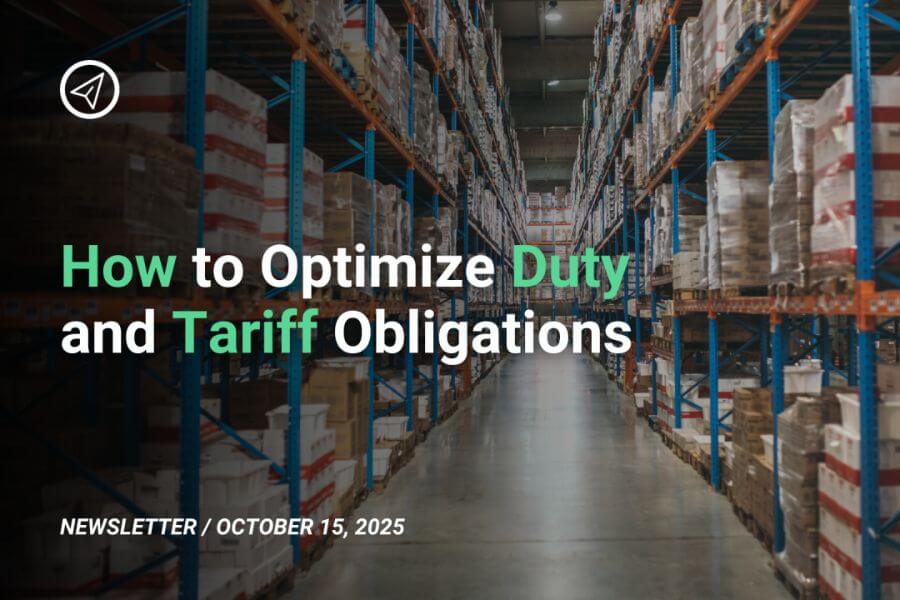>>> Read newsletter on LinkedIn <<<
In 2025, sustainability is no longer just a buzzword but a business imperative, especially in the fast-growing ecommerce sector. As digital sales continue to rise, so does the responsibility of ecommerce businesses to adopt eco-friendly practices. Implementing these practices not only helps the environment but also enhances brand loyalty and meets the increasing consumer demand for sustainable products and practices. Here’s a practical guide on how to make your ecommerce business more eco-friendly in 2025.
1. Opt for green web hosting
The first step towards a sustainable ecommerce business is often overlooked: the internet’s carbon footprint. Green web hosting services use renewable energy sources to power their servers. By choosing a web host that operates on green energy, businesses can significantly reduce their digital carbon footprint.
2. Use eco-friendly packaging
Switching to sustainable packaging is one of the most impactful steps an ecommerce business can take. This includes using biodegradable, compostable, or recycled materials for packaging products. Furthermore, optimizing packaging design to minimize waste can significantly reduce the environmental impact.
3. Implement energy-efficient warehousing
Energy-efficient warehousing is crucial for reducing the environmental impact of ecommerce operations. This can be achieved by using renewable energy sources like solar panels, optimizing lighting and heating in warehouses, and employing energy management systems to monitor and control energy use.
4. Choose sustainable logistics
Carbon emissions from transportation are a major concern for ecommerce businesses. Opting for logistics partners who use electric or hybrid vehicles can greatly reduce the carbon footprint associated with delivering packages. Additionally, implementing local delivery hubs can decrease the distance packages need to travel, further reducing emissions.
5. Offer digital products and services
Where possible, ecommerce businesses should consider offering digital versions of their products or services to eliminate physical delivery altogether. For example, books can be sold as e-books, and software or courses can be delivered online. This not only reduces the carbon footprint but also opens up a global market.
6. Implement a carbon offset program
For emissions that are currently unavoidable, implementing a carbon offset program is a viable option. This involves calculating the total carbon footprint of your operations and purchasing carbon credits to balance out your emissions. These credits typically fund renewable energy projects and reforestation efforts.
7. Educate your customers
Educating customers about the importance of sustainability and how they can contribute is essential. This can be achieved through informative blog posts, newsletters, and social media campaigns. Providing information on how to recycle packaging materials or promoting a take-back program for used products can engage customers in your sustainability efforts.
8. Use a sustainable inventory management system
Reducing overstock and product waste can be achieved with a sustainable inventory management system. This system uses data analytics to accurately forecast demand and adjust inventory levels accordingly, preventing overproduction and waste.
9. Encourage sustainable practices among suppliers
An ecommerce business’s sustainability is also dependent on its supply chain. Encouraging or even requiring suppliers to follow sustainable practices (such as minimizing the use of water and harmful chemicals) can have a profound impact on the overall sustainability of the business.
10. Monitor and report on sustainability efforts
Finally, regularly monitoring and reporting on your business’s sustainability efforts not only keeps you accountable but also communicates transparency to your customers. Establish metrics such as the reduction in carbon emissions, the percentage of renewable energy used, and waste reduction levels, and share these stats in an annual sustainability report.
Bottom line
In 2025, integrating eco-friendly practices into ecommerce operations is not just about corporate responsibility but also about building a sustainable brand that consumers trust and support. By adopting these eco-friendly practices, businesses can not only contribute to the health of the planet but also position themselves competitively in a market that increasingly values sustainability.





